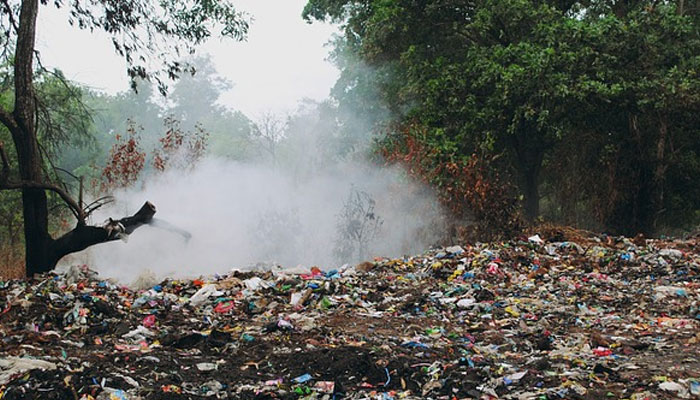LAHORE: For decades, Mehmood Booti was one of Lahore’s biggest eyesores — a massive mountain of garbage that gave off unbearable smells, polluted the land and water, and sent dangerous gases into the air. The initiative aims to transform the once-toxic site into a hub of clean energy and green space, reflecting the province’s growing commitment to eco-friendly urban development.
For more than three decades, Mehmood Booti served as Lahore’s primary dumping site, accumulating millions of tons of untreated solid waste. The landfill became a extensive mountain of garbage, rising over 60 feet high and emitting foul odors and dangerous gases. Uncontrolled dumping and lack of proper waste management led to the release of hazardous leachate into the groundwater and methane gas into the atmosphere posing serious risks to public health and contributing to climate change. Methane, a highly flammable greenhouse gas, was frequently responsible for underground fires at the site, and nearby communities lived in fear of sudden explosions and toxic smoke.
Now, things are finally changing.
The project, titled “Turning Trash into Treasure,” is being led by the Punjab Sustainable Development Board in collaboration with the Lahore Development Authority. Plans include the installation of 60,000 solar panels, expected to generate up to 55 megawatts of electricity—enough to supply clean power to more than 30,000 homes. In parallel, a large-scale afforestation campaign has been launched, with over 500,000 trees being planted across the site. These include native species such as Sheesham, Neem, and Kikar, as well as fruit-bearing trees that will contribute to biodiversity and provide shade and cleaner air.
Punjab Environment Minister Asif Mehmood, speaking during a recent visit to the site, described the project as a “complete ecological transformation.” He said, “Mehmood Booti is not just being cleaned up—it is being given a new identity. We’re showing that even the most polluted places can be retrieved and reborn.”
To make the area safe for development, engineers have begun capping the landfill and installing gas extraction systems to safely release trapped methane. This process is crucial in preventing further emissions and ensuring the site’s stability for solar infrastructure and tree growth. Advanced waste-to-energy techniques and land rehabilitation efforts are also part of the broader plan.
Environmental experts have praised the initiative for addressing multiple urban challenges at once, including pollution, energy shortages, and climate change. Dr. Sana Riaz, a climate researcher at the Lahore University of Management Sciences, called the project “a blueprint for sustainable development in South Asia.” She noted that the effort serves both environmental and social purposes, especially by improving the quality of life for communities that have long suffered from environmental neglect.
International support, including funding and technical guidance from the Asian Development Bank and several European green finance groups, has helped push the initiative forward. Local students, volunteers, and community members are also taking part in the plantation drive, building a sense of ownership and environmental responsibility.
Residents living near Mehmood Booti say they have already noticed improvements in air quality and surroundings. “For years, we lived with the constant smell and smoke,” said Shabbir Hussain, a resident of Karim Park. “Now we’re seeing greenery and development. It gives us hope.”
With similar transformations being considered for landfill sites in Faisalabad, Rawalpindi, and Multan, Mehmood Booti stands as a powerful example of environmental renewal. From being one of the most polluted parts of Lahore to becoming a clean energy source and urban forest, the site is now a testament to how even decades of damage can be undone with vision, commitment, and innovation.






Comments are closed, but trackbacks and pingbacks are open.